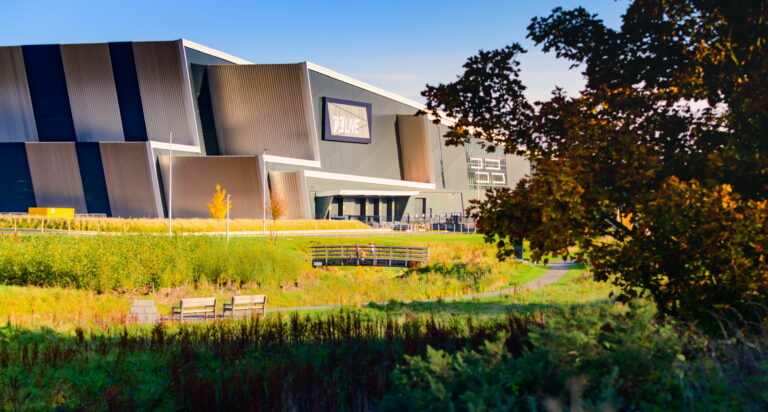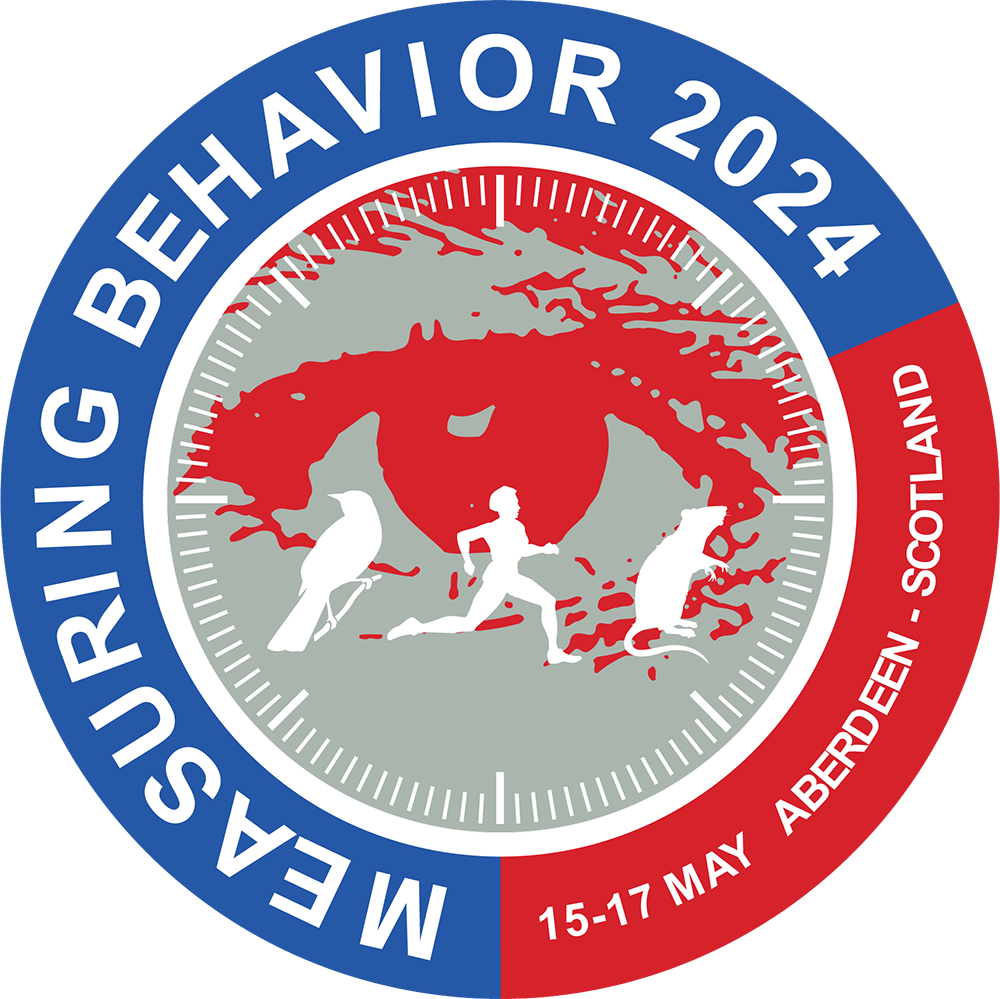Measuring Behavior 2024
The 13th International Conference on Methods and Techniques in Behavioral Research.
15 - 17 MAY 2024
The premier interdisciplinary event for scientist and practitioners concerned with the study of human and animal behavior. The conference will focus on the physical event in Aberdeen, but remote attendance will also be possible.
Aberdeen, Scotland
Aberdeen is a beautiful city situated on the stunning North-east coast of Scotland. It is largely built from a silvery granite rock. The city has about 230 000 inhabitants, but is compact, with venues and attractions close together and easy to reach. It is adjacent to the Cairngorms National Park and the spectacular Grampian mountains. The University of Aberdeen (host of the conference) was founded in 1495 and has a long tradition of outstanding behavioral research. The conference will take place at the P&J Live event complex, which is new, with excellent facilities and one of the most sustainable conference centres in the UK. Read more about Aberdeen here.












What is Measuring Behavior?
Measuring Behavior is the premier interdisciplinary event for scientists and practitioners concerned with the study of human or animal behavior. This unique community and its biannual conference focuses on methods, techniques and tools in behavioral research in the widest sense. The purpose of this community is to foster scientific discussions regarding methods and techniques in behavioral research. While the research questions and applications may be highly diverse, what all delegates share is an interest in methods, techniques and tools for the study of behavior.
Why attend Measuring Behavior?
While most conferences focus on a specific scientific area, this conference tries to create bridges between disciplines by bringing together people who may otherwise be unlikely to meet each other. At a Measuring Behavior meeting, you will find yourself among researchers from all fields of behavioral research. What all delegates share is an interest in methods, techniques and tools for the study of behavior. We expect 250+ highly qualified researchers in the broadest range of behavioral research.
 Measuring Behavior
Measuring Behavior